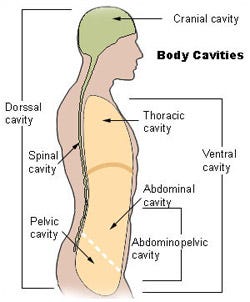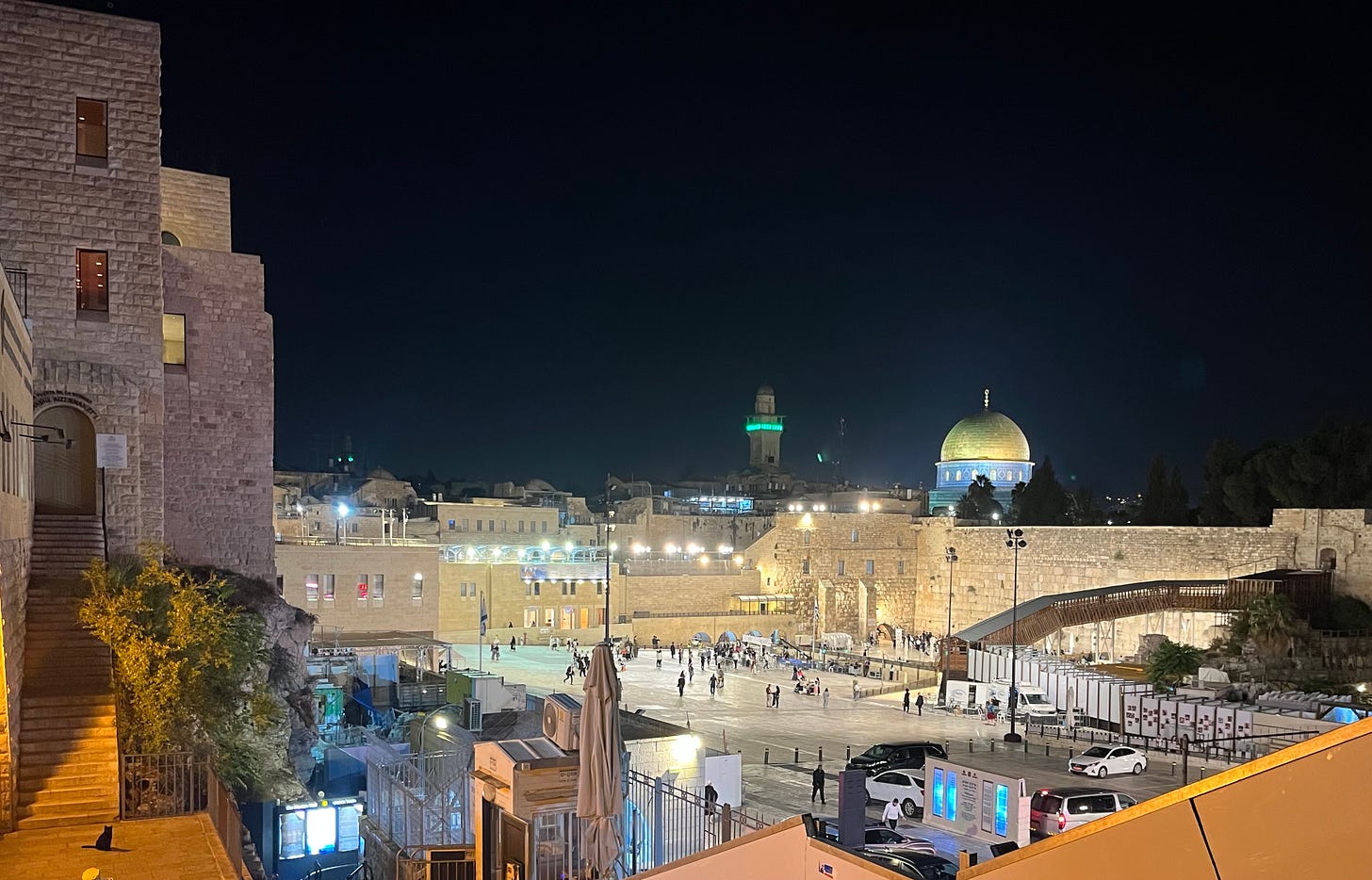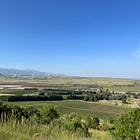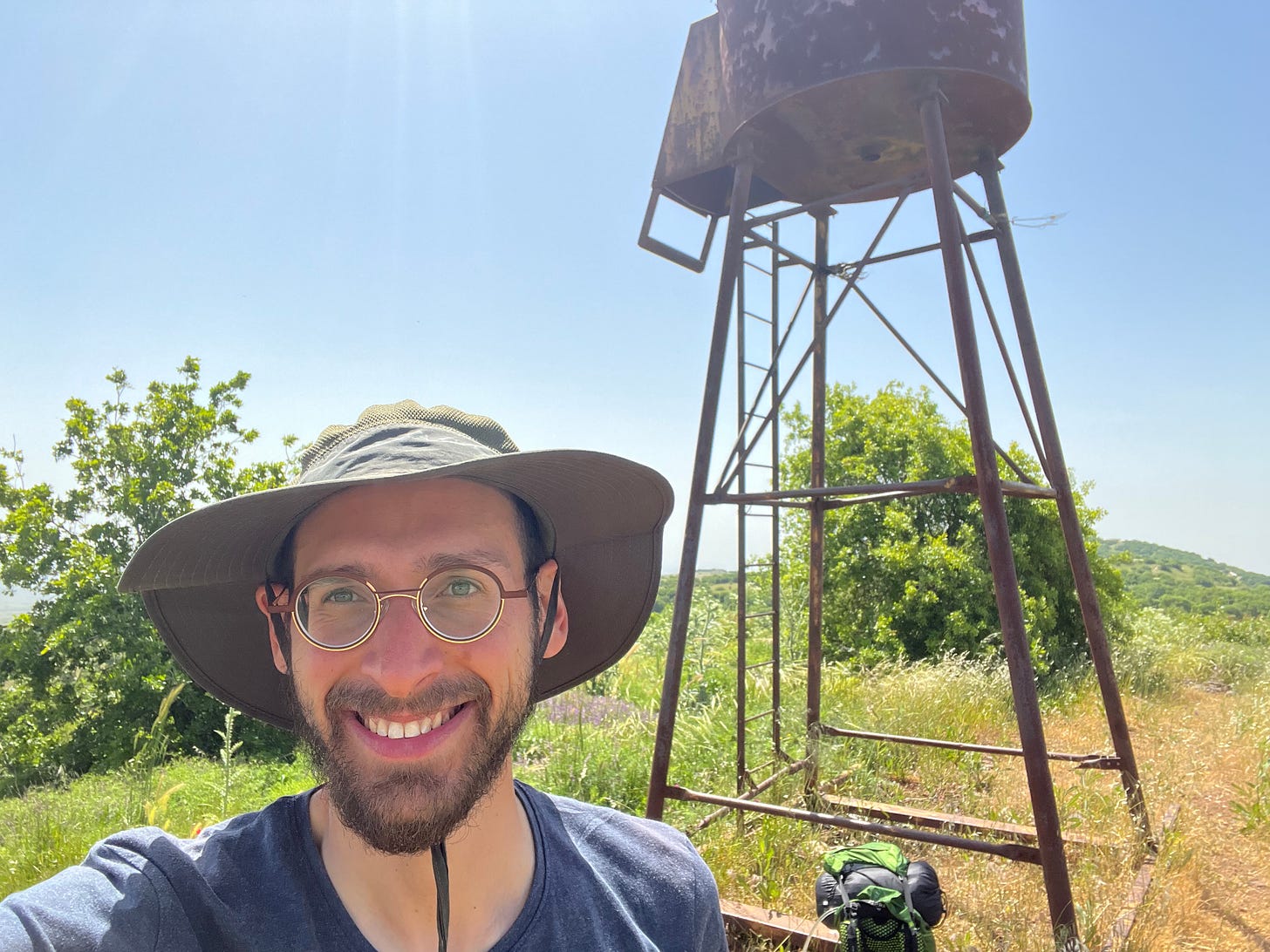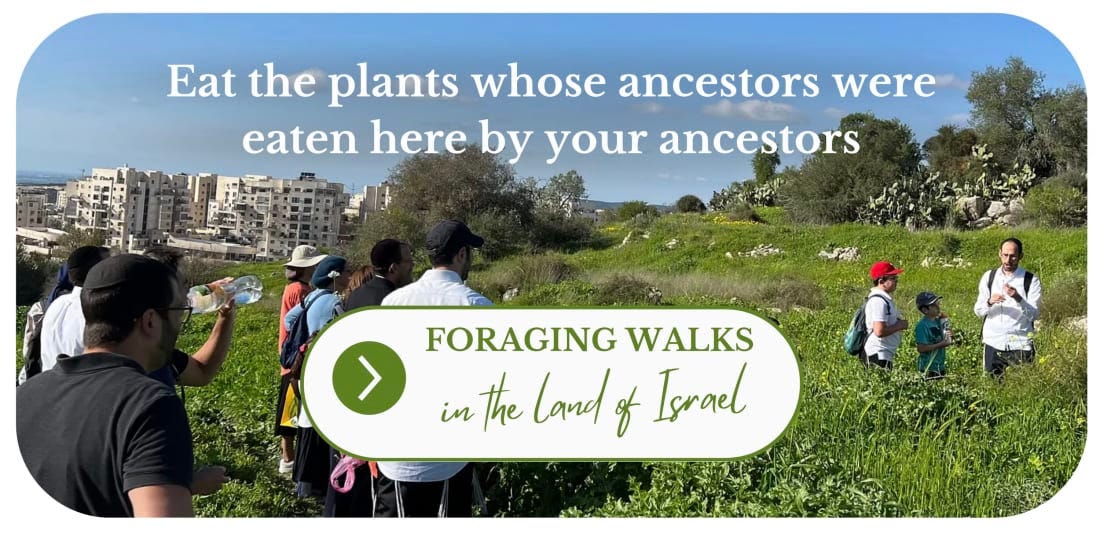Healthy Israel - Part 2 of 6
Dear Healthy Jew,
Israel is a human life.
The eternal Nation of Israel is its eternal soul, and the material Land of Israel is its material body, as I shared with you on Sunday.
I understand this might sound strange.
We’re used to human bodies having arms, legs, eyes, ears, and a heart tucked inside two lungs.
Israel is a land of earth and water like every other: what’s alive about it?
The Body’s Three Cavities
To know Israel as a live, breathing body, we must expand our conception of body. Not every human body looks exactly like yours and mine, but they all have some common characteristics.
Human anatomy textbooks teach that all human life processes all take place in three vertically arranged cavities. Everything else is there to protect and transport these three containers of life.
The cranial cavity holds the brain: life’s management center that receives and interprets stimuli from the environment, decides how to respond, and commands the relevant organs to act. (Anatomists also include the spine in this cavity.)
The thoracic cavity holds the lungs and heart: the flow of life itself - constantly entering, exiting, and circulating. Here we experience the emotions, desires, and personality traits that originate from our brain’s perceptions and reactions.
The abdominopelvic cavity holds the various organs of the digestive and reproductive systems, where the body sustains life and seeks to live forever through its offspring. There’s no mind or heart here. This is the “body of the body”: raw, visceral, instinctual.
Notice the differences between the cavities’ location, colors, and texture.
The cranial cavity contains one white organ that’s as pure and mysterious as the consciousness it holds. This cavity rises above the rest of the body, separated by a thin avenue we call the neck.
Moving downwards, we first reach the thoracic cavity. The lungs, like the brain, are white and clean. The heart, however, is a more complicated character: a single, closed, life-holding organ - but red and bloody. Instead of a single king ruling from its cranial-cavity throne, three musicians play together the symphony of life inside the chamber of ribs around them.
Finally, we cross over the diaphragm, enter the abdominopelvic cavity, and cleanliness and simplicity disappear altogether.
The stomach and intestines grind and absorb food and churn out putrid waste. The bladder filters waste from the blood - a time consuming, messy affair that the heart couldn’t be bothered with - and sends it downward and outward.
The liver, spleen, and pancreas, with their thousands of biochemical processes, busily repair, realign, and reject, maintaining life in a world of countless internal and external threats.
The moral of the story?
Life is both simple and complicated, white and red, clean and messy, wisdom and instincts.
But life isn’t either a superficial dichotomy of disconnected, contradictory elements, because the independent thoracic cavity holds everything together in harmony.
The heart of life - literally! - is far from the white pureness of wisdom, but also clearly separated from the blind darkness of the instinct-driven viscera. Through breath, blood, and feeling, wisdom and values permeate life’s most remote reaches.
Israel’s Three Regions
The biblical Land of Israel too, taught the Gaon of Vilna (Aderes Eliyahu on Eichah), holds these three parts of human life in its three regions that were delineated by the Mishna regarding several areas of Jewish law.
The land’s cranial cavity is Jerusalem, from where the entire country’s Jewish life is guided by the divine presence expressed in the Temple service, Davidic kings, and the Sanhedrin. The region surrounding Jerusalem is called Yehuda (Judah) after the tribe that lived in most of Israel’s southern half.
The land’s thoracic cavity is the Galil, the mountainous regions to the north of Israel. The Galil doesn’t have Jerusalem’s wisdom and authority, but its windswept hills breathe life into the land. The numerous Mishnaic and Talmudic Sages who lived there, and later the brilliant Kabbalists of Tzefas (Safed), taught there most of the Torah’s Oral Tradition, the beating pulse of Jewish life on earth.1
The Jordan River, adds the Gaon with his trademark flourish, is Israel’s stretched diaphragm, cleanly separating the brain and heart from Israel’s abdominopelvic cavity. Called in Torah sources Ever Hayarden (“across the Jordan”), this region stretches across most of modern Jordan and large swaths of Iraq and Syria, and ends at the Euphrates River.
The primary areas of Israel, to the west of the Jordan, bestow Ever Hayarden with meaning and spirit - but to a lesser degree than Yehuda and Galil.
Although most of Ever Hayarden isn’t inside the modern State of Israel (just in case that wasn’t clear), it’s clearly part of the biblical Land of Israel. Two-and-a-half of Israel’s twelve tribes called it home.
Yet it has always been regarded as secondary to the rest of the country. For example, Moshe (Moses) was forbidden to enter Israel proper - but conquered (and is in buried in) Ever Hayarden.
Based on Rashi, one contemporary Torah scholar suggests that Ever Hayarden is like the entranceway to the palace of Israel on the west of the Jordan.

Want to see Israel on both sides of the Jordan? Here’s the view from an abandoned Israeli outpost on the Syrian border that I visited on a hike around half a year ago, as I wrote about here:
From the River to the Sea
“From the River to the Sea” has become a common antisemitic catchphrase for ethnically cleaning Israel of Jews.
That’s unfortunate, for two reasons.
The original source of this phrase is the Torah. When referring to the borders of the Land of Israel, the Torah often includes, among other landmarks, a river and a sea.
They’ve got the wrong river. It’s the Euphrates River that ends Israel’s Ever Hayarden region, not the Jordan River that begins it.
For example, read here:
“From the desert [south] and Lebanon [north], until the great river the Euphrates [northeast and east]… until the great sea [west], your border will be (Yehoshua/Joshua 1:4)”
I wonder what folks in Jordan, Iraq, and Syria would think if they knew that the world is chanting a biblical verse that gives Jews large swaths of their countries.
Do you want to learn more about the regions of Israel? Here’s a free link to a PDF of a little book I wrote about the borders of biblical Israel and their significance. Much of what I shared with you today can be found there in far greater detail. Warning: it’s written in academic Hebrew.
Thank you for reading Healthy Jew.
Here are 2 great paths to continue the journey:
Also check out this intro and index to explore hundreds of posts about our 3 Healthy Jew topics: Wellness with Wisdom, Land of Life (Israel), and Sensible Spirituality.
Finally, always feel free to reach out here with any comments, questions, or complaints:
I look forward to hearing from you!
Be well,
Rabbi Shmuel Chaim Naiman
Some prominent examples: Rabbi Yehuda Hanasi compiled the Mishnah in Tzippori. R’ Shimon bar Yochai of Meron, and later on the Kabbalists of Tzefas (Safed), taught the Torah’s inner secrets - its heart. R’ Yochanan compiled the Jerusalem Talmud in Teveria (not Jerusalem!), and is buried there next to the Rambam (Maimonides). R’ Yosef Karo compiled the elementary texts of contemporary Jewish law.
The Gaon adds another allusion to explain the division of Yehuda and Galil. When facing east, which in Torah sources is always considered forward, Yehuda to the south in on the right, and Galil to the north is on the left. The right is the side of the body that dominates, similar to the brain’s guiding role. The left supports and balances, similar to the heart’s role in circulating life everywhere. (The heart also leans to the left inside the body!)






